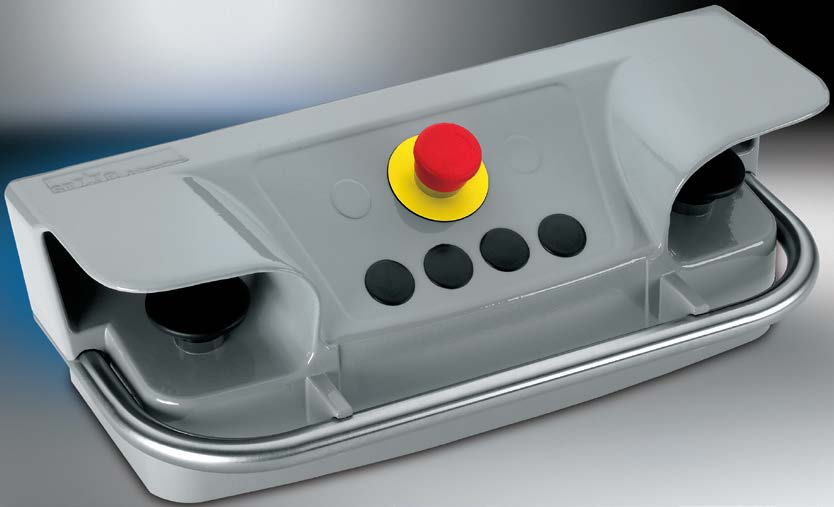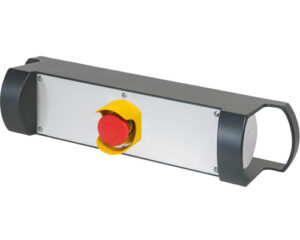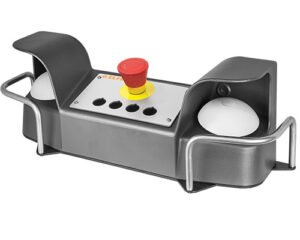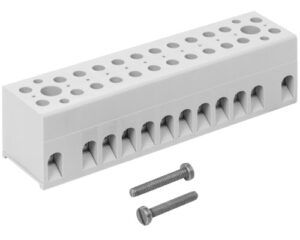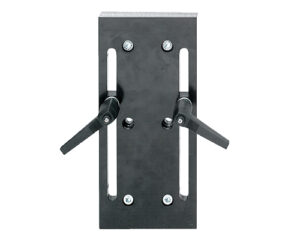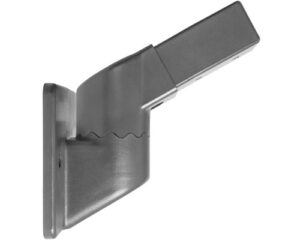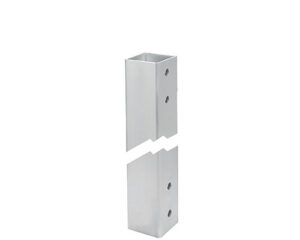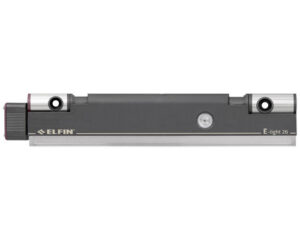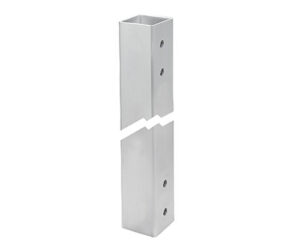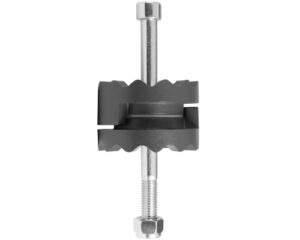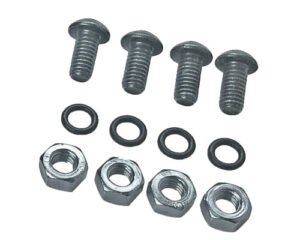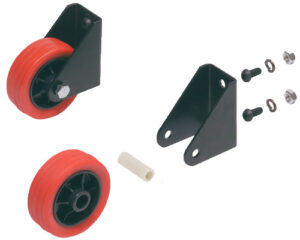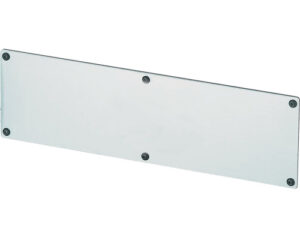Two-Hand Control Systems
In today’s fast-paced industrial landscape, ensuring the safety of workers around machinery and equipment is of paramount importance. One key innovation that has significantly contributed…
In today’s fast-paced industrial landscape, ensuring the safety of workers around machinery and equipment is of paramount importance. One key innovation that has significantly contributed to workplace safety is the Two-Hand Control System.
Understanding Two-Hand Control Systems
Two-Hand Control Systems are advanced safety mechanisms designed to prevent accidents and injuries caused by unauthorized or accidental machine activation. These systems require operators to simultaneously use both hands to initiate a machine’s operation, ensuring that the operator’s hands are clear of hazardous areas during operation.
How Two-Hand Control Systems Work
- Activation Process: To start a machine, an operator must press two separate buttons or pressure-sensitive pads, typically positioned a safe distance apart. These buttons require a firm press from both hands to initiate the machine’s movement.
- Time Delay: A built-in time delay ensures that the operator’s hands are securely positioned away from the machine’s danger zone before it starts operating. This prevents operators from removing their hands quickly after activation.
- Anti-Tie Down Feature: This safety feature requires both buttons to be pressed almost simultaneously. It prevents operators from using foreign objects to activate the machine and guarantees that both hands are actively engaged.
- Emergency Stop: An easily accessible emergency stop button is integrated into the system. In case of unexpected issues, pressing this button halts the machine’s operation immediately.
Applications of Two-Hand Control Systems
Two-Hand Control Systems find application in various industries where worker safety is paramount:
- Metalworking: Presses, stamping machines, and metal forming equipment.
- Woodworking: Sawing, cutting, and shaping machinery.
- Packaging: Machines used in packing, sealing, and labeling operations.
- Automotive: Robotic assembly lines and heavy machinery.
- Textiles: Machines for weaving, knitting, and fabric processing.
- Pharmaceuticals: Equipment used in the production and packaging of medicines.
- Food Processing: Machines for slicing, dicing, and packaging food products.
Benefits of Two-Hand Control Systems
- Enhanced Safety: By ensuring that operators keep their hands away from hazardous areas, the risk of accidents and injuries is greatly reduced.
- Compliance: These systems often align with safety regulations and standards, helping companies meet compliance requirements.
- Increased Productivity: Workers can confidently operate machinery, leading to better efficiency and reduced downtime due to injuries.
- User-Friendly: The design promotes ergonomic use, making it comfortable for operators to use over extended periods.
- Flexibility: Two-hand control systems can be integrated into various types of machinery and equipment.
Broader Integration with Safety & Automation Systems
In modern industrial environments, two-hand stations are only one part of an integrated safety architecture. These systems will work in tandem with various critical components such as safety PLCs, safety contactors or safety light curtains (including muting light curtains) to ensure real-time hazard detection and safe machine shutdown. The safety PLC in particular has a major role in managing Two-Hand stations or other safety devices such as the emergency stop button or emergency stop rope pull.
Advanced installations frequently incorporate safety relays, safety non-contact switches, RFID switches, mechanical interlock switches, and solenoid locking switches—each adding specific protective functions to the machinery. To maintain continuous system health, engineers also deploy standstill monitors, speed monitors, soft starters, and reversing contactors within their automation frameworks. For measuring the product itself, solutions such as measurement light curtains can be integrated.
Beyond motion and logic safety, electrical condition monitoring is equally essential. Devices like insulation monitors, battery monitors, current monitors, voltage monitoring relays, phase sequence relays, undervoltage relays, and undercurrent monitoring relays are often integrated to detect anomalies in power flow or equipment performance, with this data displayable on HMI Touch Panels or similar systems. To support reliable operation, high-quality power relays and regulated power supplies are essential.
